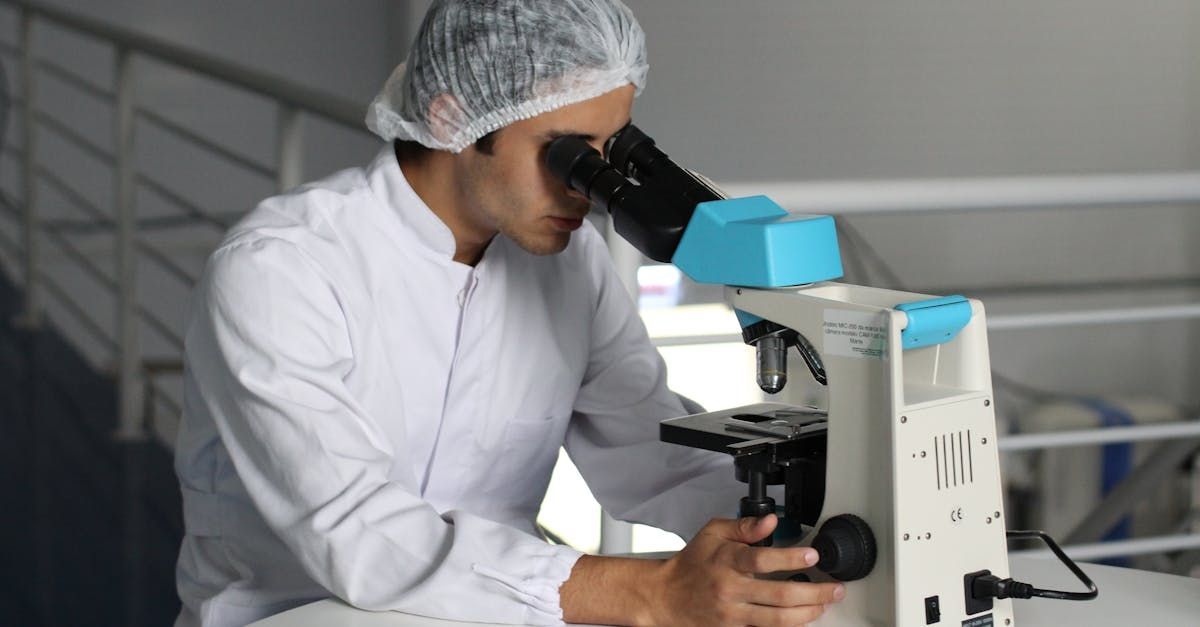September 10, 2025
If you’re over 30, life probably feels busier than ever. Between work, family, and trying to have some kind of social life, fitness often takes a back seat. You might find yourself starting strong on a new routine, only to lose momentum a few weeks later. Or maybe you’ve been putting in the effort but aren’t seeing the results you expected. As a coach, I see this all the time with clients who come to me frustrated. The truth is, it’s usually not a lack of effort it’s a few common mistakes that sabotage progress. The good news? Once you recognize them, they’re easy to fix. Mistake #1: Overcomplicating Nutrition The Problem: Most adults over 30 have tried at least one extreme diet—low-carb, keto, fasting, or the latest TikTok trend. The problem? These approaches aren’t sustainable. You might lose weight quickly, but the second life gets busy, you fall off track. The cycle of yo-yo dieting leaves you more frustrated than before. The Fix: Keep it simple. You don’t need to cut out entire food groups or starve yourself. Focus on: Eating enough protein at every meal to support muscle and metabolism. Choosing mostly whole foods : lean meats, vegetables, fruits, healthy fats, and complex carbs. Practicing portion control rather than obsessing over “good” vs. “bad” foods. Think lifestyle, not diet. The goal is consistency over perfection. Mistake #2: Ignoring Strength Training The Problem: A lot of busy adults default to cardio because it feels efficient. You can run, bike, or hop on a treadmill and sweat in 30 minutes. The issue is, cardio-only routines don’t build muscle. Over time, muscle mass naturally declines with age, which means metabolism slows and fat loss gets harder. The Fix: Add strength training into your routine 2–4 times per week. Lifting weights isn’t just about getting stronger; it’s about: Preserving and building muscle. Boosting metabolism (you burn calories even at rest). Improving posture, joint health, and long-term mobility. Creating the lean, toned look most adults actually want. Pair moderate cardio with strength training for the best results. Even short, focused workouts are more effective than endless miles on the treadmill. Mistake #3: Lack of Accountability The Problem: Motivation fades. In your 20s, maybe you had more free time or natural energy. But once work and family responsibilities ramp up, it’s easy to push workouts aside. Most people know what they should be doing—it’s the lack of accountability that causes them to stop doing it. The Fix: Accountability is the secret weapon for busy adults. You need structure and someone (or something) to hold you to your goals. That could mean: Working with a coach who creates your plan and checks in with you. Following a program instead of randomly guessing workouts. Joining a community or having a workout partner to keep you consistent. When someone is expecting you to show up; whether it’s your trainer or a program notification you’re far less likely to skip. Fitness after 30 doesn’t have to be complicated. Stop overcomplicating nutrition, prioritize strength training, and get accountability built into your plan. These small shifts make all the difference in finally breaking out of the cycle of starting and stopping. If you’re ready to skip the guesswork and actually see results, I created the 30FIT Jumpstart just for busy adults like you. It’s a free guide that lays out the exact steps to build momentum, stay consistent, and feel confident again. 👉 Grab your free 30FIT Jumpstart here











